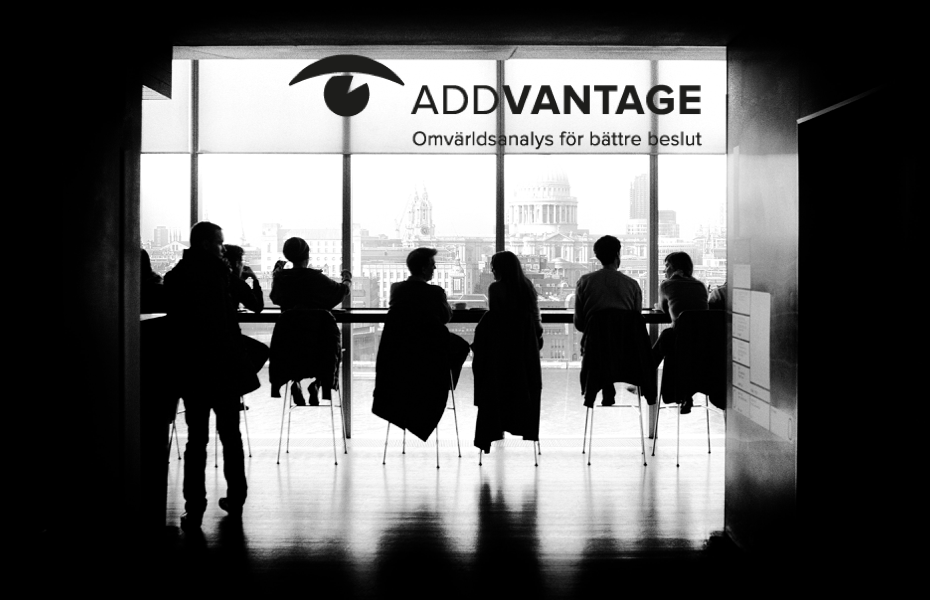What defines a market & competitive intelligence system? One (very long) definition of market & competitive intelligence is the ‘activity of gathering, analyzing and disseminating insights relating to industry players, products, services, markets and other business factors in order to help decision makers make better decisions’.
Phew…
Secondly, one definition of system reads ‘a set of principles or procedures according to which something is done; an organized scheme or method’.
Hence, a market & competitive intelligence system could be described as the organization of market and competitive Intelligence activities. In other words, an applied framework of processes, methods and tools for better decision-making.
If the insights that are created and disseminated throughout the organization do not impact people’s thinking , they are useless! According to Kevin Mann, former analyst at IBM, intelligence must be V.I.P., i.e visible, interactive and provocative, to engage decision-makers.
Market & competitive intelligence must be visible means that the insights presented must ‘cut through the noise’. ‘The noise’ consists of all other information that competes for the attention. Today that means a lot of information! And the amount is growing everyday. In the old days it used to be about written text in reports and newspapers. Today information is pumped out as blogposts, videos, podcasts, interactive apps etc.
- According to IBM we create about 2.5 quintillion bytes of data every day.
- 90% of the world’s data was created in the last three years!
- Some 300 hours of video is uploaded onto Youtube every minute.
- And about 50.000 photos are added to Instagram every minute.
- There are some 8 billion websites on the Internet and hundreds of new websites are created every minute.
It is a fraction of all that data that matters, of course.
To cope with the information overload, people apply filters. The 80/20 rules suggests that of all the information a person reviews in one day about 20% matters somehow. Of that pile of information another 20% is actually relevant. Hence, about 4% of everything we review in a day is deemed relevant. That is input that solves our problems or develops our minds in some way.
Hence, it is important to understand which filters are used in order to get through.

Market & competitive intelligence must be interactive means that intelligence work is a collaborative effort, from the discussion on what insights are needed, through the data collection phase, to analysis and generation of insights to the final presentation. However, collaboration is a process of pain. It takes a lot of hard work to make collaboration work. Why is that? Yves Morieux, with BCG, made a great TED talkon the subject. In short, he suggests that to make collaboration work you must:
- Increase dialogue and feedback between people.
- Make the people empowered and accountable.
- Reward those who cooperate.
Making intelligence work interactive, also means engaging people by asking them questions that are compelling and personal. Don’t ask the VP of Sales if she has ‘any questions on the presentation’. Instead, ask her what she thinks ‘could be the reason why competition’s market shares are down’.
In the old days, market intelligence work was seen as something clandestine, secret and confidential. With technology development in AI and ‘self service intelligence tools’ popping up, things are quickly changing. Companies gain from having all colleagues involved in gathering and discussing market information.
”Talent wins games, but teamwork and intelligence win championships”
– Michael Jordan, famous athlete
Market & competitive intelligence must be provocative. Surprise and challenge your users. Be the Devil’s Advocate and challenge existing assumptions. To do this successfully one needs to be very clear on how to defend one’s insights. And for that it is important that conclusions are based on discussions and feedback from a network of experts.
So, the three key benefits of establishing a V.I.P. market & competitive intelligence system in your organization…
- The whole organization is more informed, more up-to-date and aligned on the strategic challenges.
- The time to decision is faster since insights are generated and presented quicker.
- Decisions are more accurate, more informed and simply better, due to the increased quality of inputs.
Saludos / Ingemar
(Note! The opinions expressed in this article are my own. Examples of analysis are just that, examples, and shall not be considered as actual events or results).


